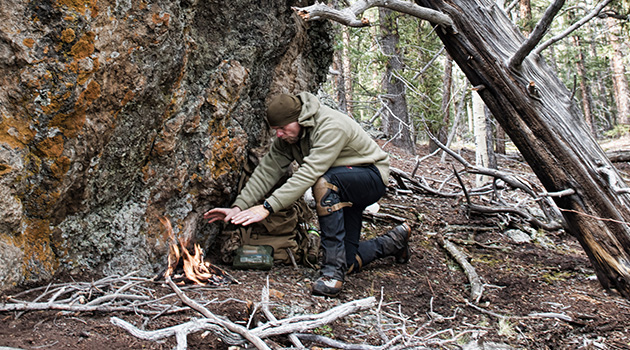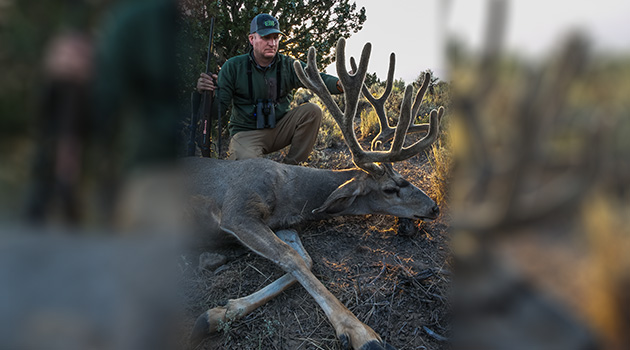One of the best ways to remember a hunt is with a quality field photo hanging next to your mounted trophy. However, enlarging photos to 8×10 or larger requires a digital camera that is capable of taking high-resolution photos. Most hunters will grab their smartphones or any old digital camera and put it on a low-resolution setting so they can store lots of photos. That’s a big mistake. The first step in being able to take a quality field photo is to purchase a digital camera that has at least a 12 megapixel capability, but be forewarned – not all 8, 10 or even 12 megapixel cameras are the same.
It’s easy to get confused with all the hype about pixels, color temperature and photo quality. I’ll cut through the technical information and get to the basics. You’ll need at least a 12 megapixel digital camera with the ability to set the ISO speed to 100 or 200 on a cloudy or flat light day.
Remember, the most important factor is to use the largest file size or a fine recording photo setting. It sounds great to have a medium resolution setting, which is able to shoot about 100 photos on your chip, but the quality will be sacrificed and depth of color washed out. Plus, you’ll only be able to enlarge it to about a 4×6 size without distorting and having noise in the image. That’s nowhere near the size needed for a magazine spread or even an excellent photo to frame.
One important factor that adds to the quality and sharpness of digital photos is sunlight. I believe light has much more effect on digital cameras than on film cameras. There is a direct relationship between sunlight and sharpness in a digital photo. Using a fill flash all the time will help with defining the subject. The best digital photos are always taken in full sunlight.


Copyright
© Eastmans












